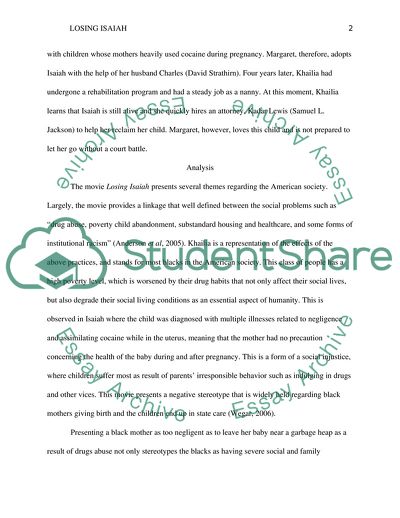Cite this document
(Losing Isaiah Movie Review Example | Topics and Well Written Essays - 1250 words, n.d.)
Losing Isaiah Movie Review Example | Topics and Well Written Essays - 1250 words. https://studentshare.org/sociology/1766124-losing-isaiah-movie
Losing Isaiah Movie Review Example | Topics and Well Written Essays - 1250 words. https://studentshare.org/sociology/1766124-losing-isaiah-movie
(Losing Isaiah Movie Review Example | Topics and Well Written Essays - 1250 Words)
Losing Isaiah Movie Review Example | Topics and Well Written Essays - 1250 Words. https://studentshare.org/sociology/1766124-losing-isaiah-movie.
Losing Isaiah Movie Review Example | Topics and Well Written Essays - 1250 Words. https://studentshare.org/sociology/1766124-losing-isaiah-movie.
“Losing Isaiah Movie Review Example | Topics and Well Written Essays - 1250 Words”. https://studentshare.org/sociology/1766124-losing-isaiah-movie.


